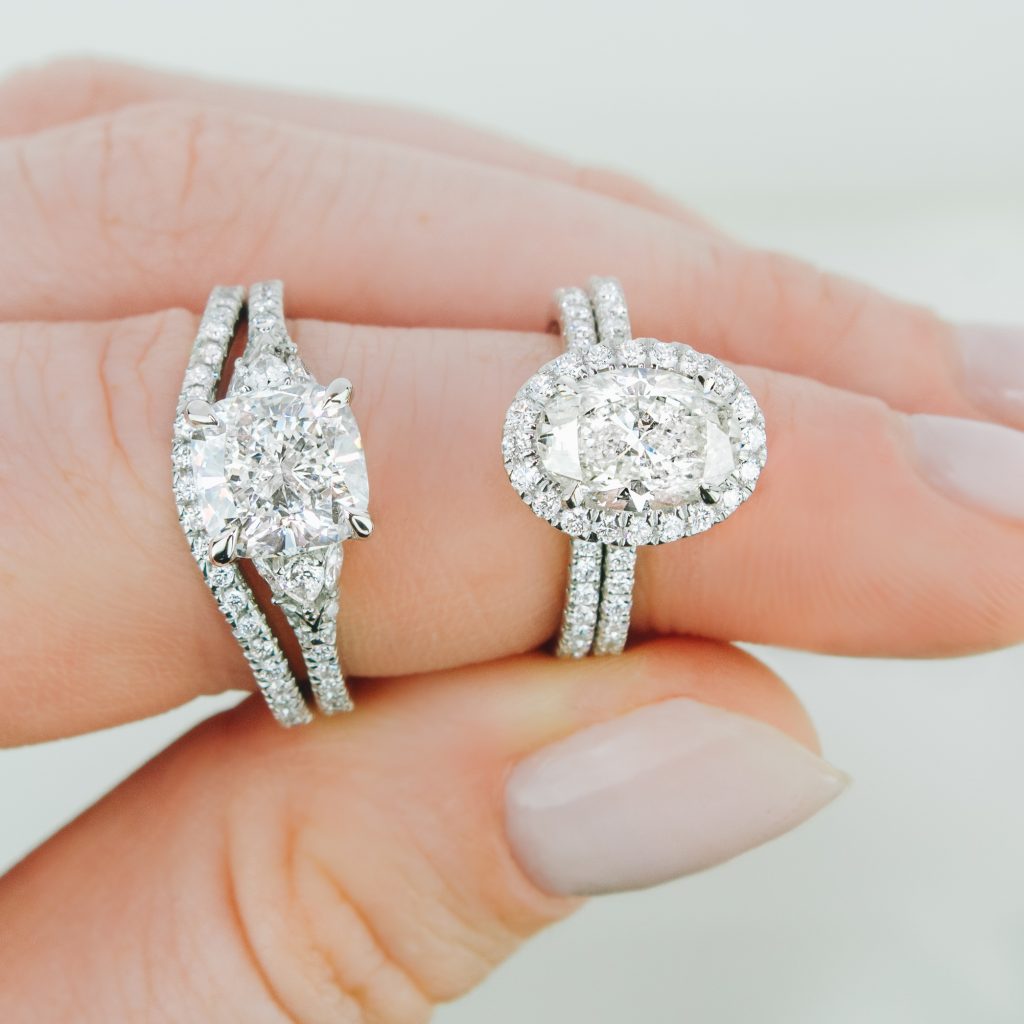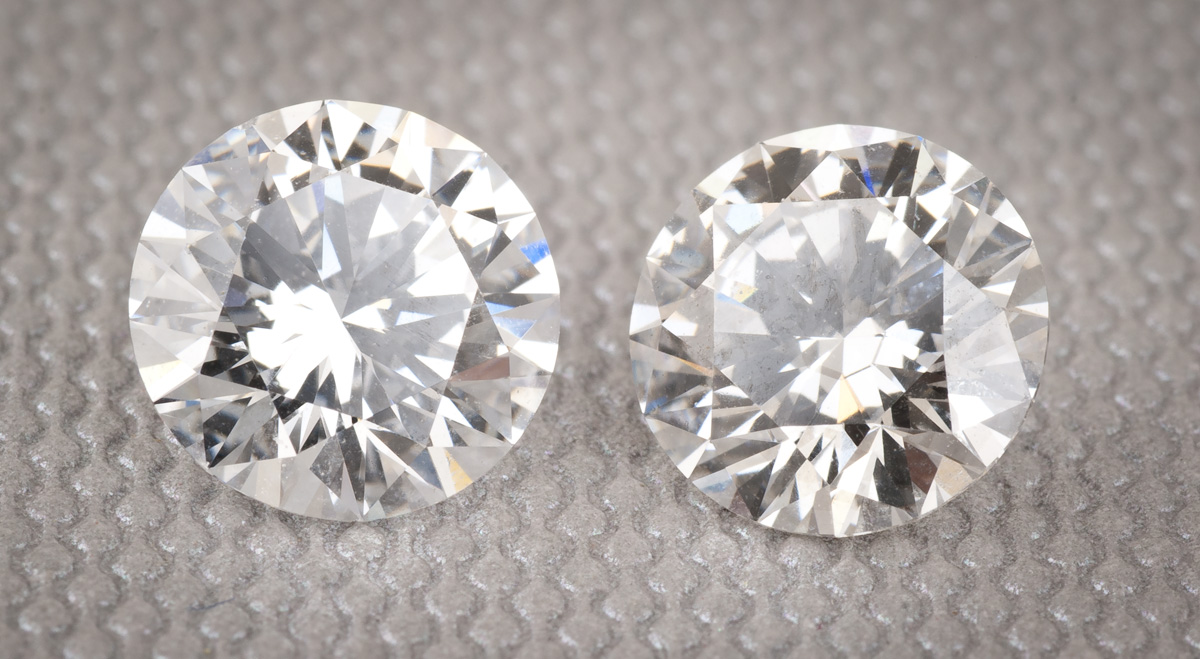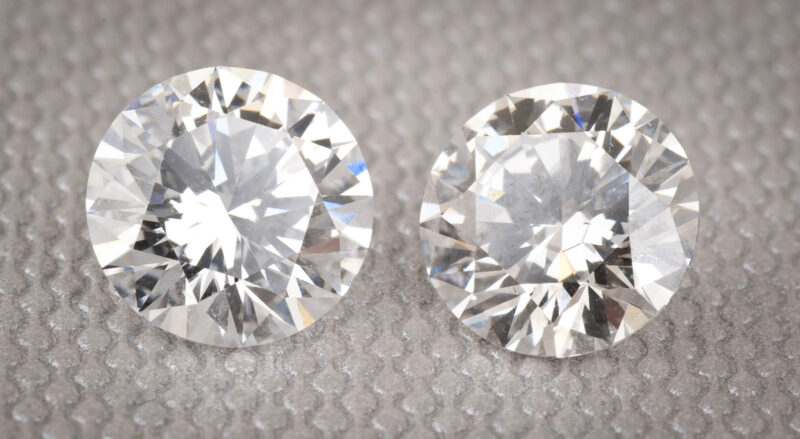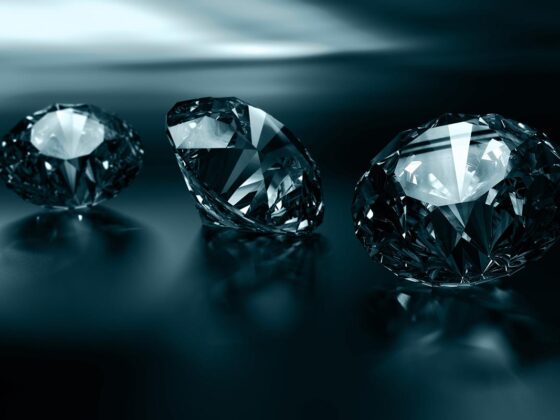When it comes to buying an engagement ring, there are a lot of considerations that can make the decision difficult. Not only do you have to find something special and unique for your significant other, but you also have to decide between natural diamonds and lab-made diamonds. To help make this choice easier, here is what you need to know about both kinds of diamonds before investing in your perfect engagement ring.
Overview of Lab-Made Diamonds and Natural Diamonds
The debate between lab-made diamonds and natural diamonds has been ongoing for many years, with both sides of the argument having their own merits. Lab created diamonds UK are artificial, created in a laboratory under carefully controlled conditions, while natural diamonds are formed within the earths crust over millions of years.
While they may appear visually similar upon inspection, there are some distinct differences between them that should be considered when deciding what type of diamond is right for an engagement ring. Lab-made diamonds have grown increasingly popular in recent times due to their affordability compared to naturally occurring stones. They also offer benefits such as uniformity and consistency across all sizes and shapes which can make it easier to find a perfect match for an engagement ring setting without compromise on quality or design.
On the other hand, many view natural diamonds as being more valuable due to their rarity and connection with nature; they come with irregularities that add character and uniqueness not found in lab-grown stones. Both types of diamond have advantages depending on individual needs and preferences; however its important to understand how each one differs so that you can make an informed decision about which option will best suit your requirements before purchasing a diamond engagement ring.
Distinctions Between Lab-Made and Natural Diamonds

When it comes to purchasing an engagement ring, many couples don’t realize the distinctions between lab-made and natural diamonds. Natural diamonds are formed by nature in deep underground mines over millions of years due to extreme heat and pressure. Lab-made diamonds, on the other hand, are created using advanced technology in a laboratory environment where scientists replicate the conditions that create natural diamonds. The differences between these two diamond types go beyond their creation process.
Lab-made diamonds tend to have fewer blemishes than naturally occurring stones because they can be precisely cut with high accuracy and clarity; however, they may not possess as much brilliance or sparkle as a natural diamond due to its uniformity of structure. Additionally, lab-created gems often cost significantly less than their naturally occurring counterparts – usually up to 40% less – making them an attractive option for budget-conscious shoppers looking for an ethically sourced gemstone at a lower price point.
Given all this information, couples should consider both options when shopping for their perfect engagement ring: whether they prefer traditional beauty or cutting edge technology; whether they want one of natures greatest creations or something that is more affordable but still beautiful; or if sustainability matters most when selecting a stone for their special day – each couple will need to weigh up these factors before making such an important decision about what type of diamond best suits them and their partners style preferences.
Quality Assurance for Lab-Made and Natural Diamonds
When it comes to buying an engagement ring, many people are torn between natural and lab-made diamonds. Quality assurance is an important factor when making this decision, as you want the diamond of your choice to be beautiful and durable for years to come.
Natural diamonds must adhere to strict quality control standards before being sold, with each stone carefully inspected for clarity, color, cut, carat weight and more. Lab-made diamonds also have a rigorous process in place that ensures each diamond meets its highest possible standards of beauty and durability. Both types of diamonds go through extensive testing processes that ensure they meet all industry standards for quality assurance so buyers can confidently purchase their chosen gemstone knowing it will stand the test of time.
Prices of Lab-Made vs Natural Diamonds

When it comes to buying an engagement ring, the price of a diamond is often one of the first considerations. Natural diamonds have traditionally held a higher value in comparison to lab-made diamonds, but this doesnt mean that they are always more expensive. There are many factors at play when comparing prices between natural and man-made diamonds. The size and quality of each diamond should be taken into account as well as where it was sourced from and how much work has gone into creating or shaping it before purchase.
Generally speaking, smaller-carat weight natural diamonds will cost less than larger lab-made stones due to their rarity and the labor required for cutting them accurately. On the other hand, if youre looking for very large stones with top clarity ratings then there may be no difference in price between a natural or lab-made gemstone. Ultimately, shoppers should weigh up all these variables before making their final decision on which type of diamond best suits their needs and budget.
Pros and Cons of Each Option
When it comes to buying an engagement ring, understanding the pros and cons of lab-made diamonds vs. natural diamonds is essential for making a well-informed decision. Lab-made diamonds offer greater affordability, while natural diamonds are rarer and, therefore, more expensive. On one hand, lab-made diamonds can be produced quickly in any size or color desired. They are also conflict free and have minimal environmental impact when compared with the mining process required for natural stones.
However, they may not hold their value due to mass production and lack of rarity. On the other hand, although they cost more than synthetic gems, natural stones tend to increase in value over time because of their limited availability on the market as well as their inherent beauty that cannot be replicated by man-made creations. Furthermore, many consider them to be one of natures true miracles since no two are alike; this makes each stone unique in its own way.



